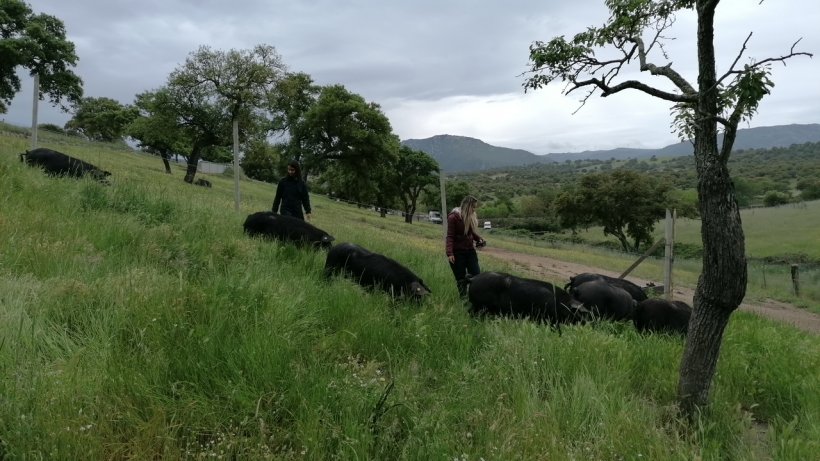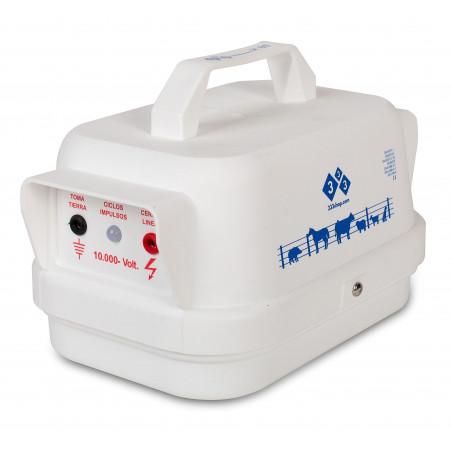How long has African swine fever (ASF) been present in Sardinia and why did it take so long to control the disease?
ASF entered Sardinia in 1978 and, as is often the case with this insidious disease, it was underestimated, allowing it to spread rapidly and widely in our territory, which is characterized by a combination of free-ranging pigs, family farms, a high wild boar population, and traditional farms. The virus entered via contaminated food from Spain, through food scraps from air transportation that reached domestic pigs by human hands, which allowed the virus to spread rapidly in Sardinia. Human behavior together with the reality of Sardinia's swine situation of illegal free-ranging pigs, small family farms, wild boars, and a weak biosecurity culture, favored the spread of the ASF virus. The first eradication plan was launched in the early 1980s, followed by at least five other plans that required a significant economic commitment but were unsuccessful.

What were the main obstacles, what finally worked, and what didn't?
The main reason for the failure was the conceptual approach to disease control: encouragement of culling with overpriced compensation compared to the local market and imposing increasingly severe restrictions (movement and slaughter) on animals. However, a fundamental point lacking control was the widespread illegal free-range farming, which caused the virus to circulate freely between domestic and wild animals, resulting in the commercial isolation of Sardinian pork products with serious economic damage to the industry. The turning point finally came in 2016, when the Regional Government created the Crisis Unit. I was part of it with the FORESTAS agency. The unit involved all the institutions (local health authority, the university, the zooprophylactic institute, department and ministry of health) and collaborated with the mayors and prefectures, with an extraordinary commissioner of the Sardinia region, Dr. Demartini, who had "full power", and also had the support of highly qualified technical figures who were fundamental such as Dr. Laddomada (former DG Santè in the EU) and Dr. Sanchez-Vizcaíno (the "father" of eradication in Spain). The turning point was mainly the abolition of indemnities, which had become a "boomerang", the fight against illegal free-range pigs, and a strong and intense passive surveillance with a robust epidemiological model developed and nurtured by Dr. Rolesu, an epidemiologist at the regional center with the same name, whose aim was not to chase the virus, but to anticipate it. Parallel to the slaughter of illegal free-ranging pigs, the active support of hunters was crucial. They delivered samples from nearly 20,000 wild boar per year, representing approximately half of the wild boar on the island, with a simple and quick method of slaughter, analysis, and release of carcasses. Economic incentives established differently from the past have been adopted, favoring biosecurity and animal welfare, which have led to positive results for the improvement of pig farming, that is, redirecting resources towards live animals and not towards the "dead" (culled), resulting in the farmers developing a more entrepreneurial and modern swine production with the incentive shining a light on illegal swine raising. Today, we can say that illegal outdoor pig farming has officially disappeared, although there are still some pockets in the most remote areas, where controls are more difficult, so much so that sporadically health authorities are forced to intervene with depopulation.

Pigs in Sardinia
What is the situation in Sardinia like today?
Although the Region of Sardinia is still listed in the fateful EU "Annex" as not free, the virus has not been detected since 2019, in domestic animals, legal free-range animals, or wild boars (epidemiological silence). What remains are the antibodies in older pigs which prevent Sardinia from being declared "free". When these pigs are hunted or die naturally the entire island will surely be declared free. The current pig inventory in Sardinia is around 200,000 head and has approximately 60,000 to 70,000 sows. The Crisis Unit is still active and operative for exceptional cases of irregularities.
How did the "continental" virus enter Sardinia in 2023?
The "continental" ASF virus serotype 2 arrived in contaminated, legally traded, pork coming from mainland Italy and reached a local agro-tourism farm with domestic pigs fed with contaminated food waste. The outbreak was extinguished very quickly, mainly due to an active surveillance system.
What does ASF in Sardinia have in common with the current ASF situation in the Italian peninsula?
An underestimation of the problem, lack of in-depth knowledge of this cunning and highly resistant virus, lack of biosecurity...
What has worked in Sardinia that could be helpful on the mainland today?
Biosecurity, passive surveillance, and hunters. In my opinion, the support of hunters is crucial in many aspects. Hunters are familiar with wild animals' behavior, they know the territory, and they have experience with dangerous game such as wild boar, with special attention to hunting gestating females (1); upholding the established rules and the discipline of the plan that allows the different measures to be executed, passive surveillance being the most important (2). Another fundamental aspect is streamlining all procedures: from carcass storage to ultra-fast analysis results to the commercialization of pork; nothing can be achieved without simplifying the entire process. (3). Dr. Giovanni Filippini (director of the Zooprophylactic Institute of Sassari), a great expert on the entire Sardinian evolution, has recently been appointed to the national position, and will certainly be able to provide great support to ASF control and eradication objectives in Italy.









